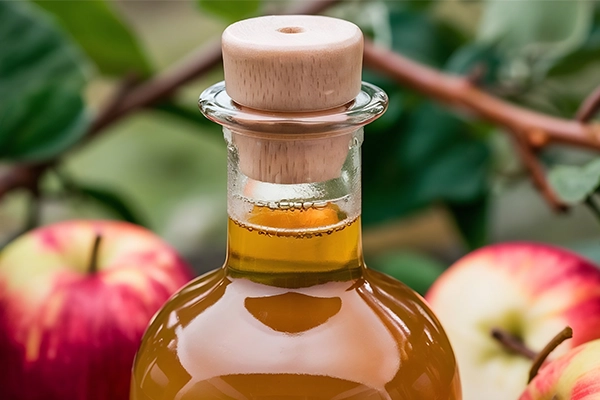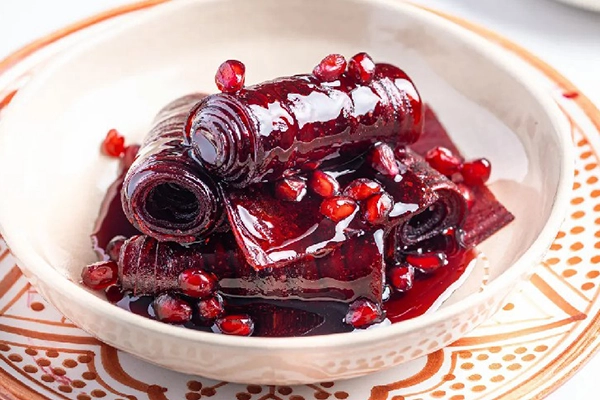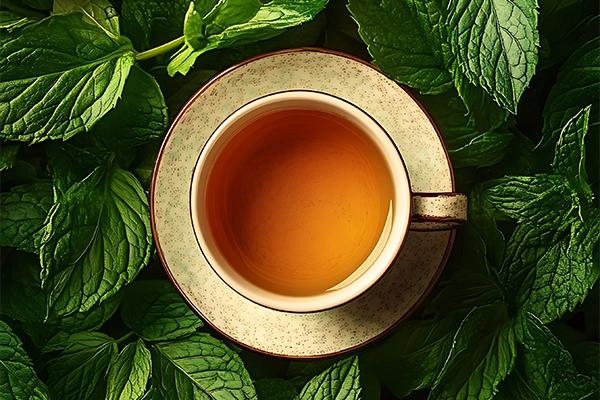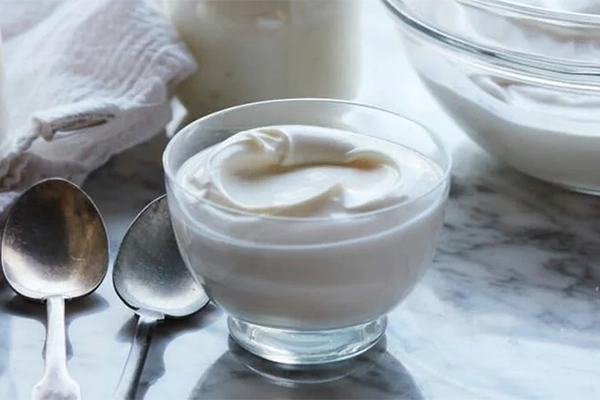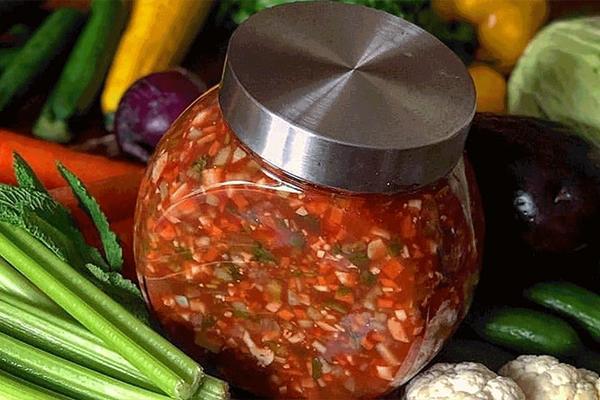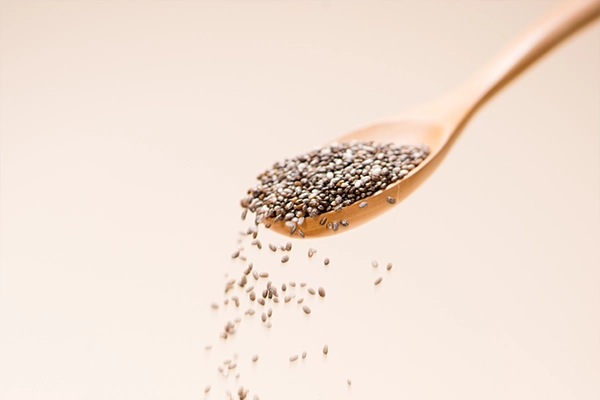Vinegar is a common ingredient in cooking, which can change and enhance the flavor of foods. Various types of vinegar have their various uses in cooking, each adding specific characteristics to food. In this article, we are going to introduce all types of vinegar and use them.
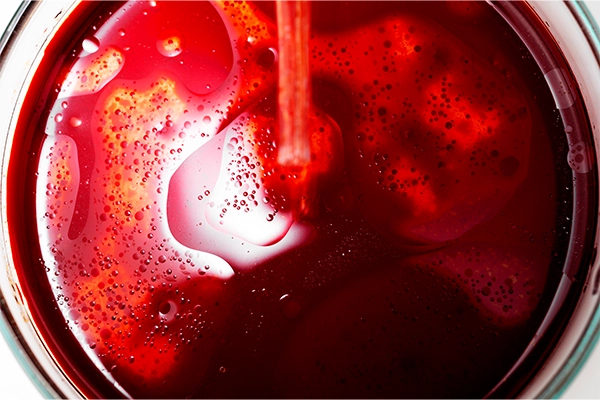
Different Types of Vinegar
1. White Vinegar
White vinegar is one of the most common all types of vinegar that has a sharp and tangy taste. This vinegar is often used for the following:
– Pickling various vegetables.
– Making light sauces.
– Purifying raw materials and even cleaning dishes.
2. Cider Vinegar
Cider vinegar has a milder, slightly sweeter flavor and is made from fermented apples. Its uses include the following:
– Making marinades for meat and poultry.
– Adding flavor to salads.
– Used in healthy drinks such as detox.
3. Balsamic Vinegar
This vinegar is thick and sweet and usually dark in color. Balsamic vinegar is often used in:
– Sauces and salads, such as Caprese salad.
– Marinades red meats.
– Adds flavor to desserts.
4. Red Wine Vinegar
Red wine vinegar has a complex taste, fruity flavor, and comes from fermented red wine. This would be great when making thick sauces for marinades made with red meat, and used in Mediterranean-type dishes.
5. White Wine Vinegar
This sort of vinegar comes off much lighter than red wine vinegar and is used in courses that are gently flavored, like dishes containing seafood; creamy sauces that include Alfredo sauce.
– Gives flavor to vegetables.
6. Rice Vinegar
Rice is all types of vinegar Asian vinegar that has a mild and slightly sweet flavor. It is used in the following:
– To make sushi rice
– Asian dishes such as noodle salads
– To make light sauces
7. Malt Vinegar
This is a very strong and malty flavored vinegar that is common in traditional British culinary dishes. It has been used:
– With fish and chips.
– Classic English dish preparation.
8. Coconut Vinegar
Coconut vinegar has a mild, slightly tropical flavor, among some Southeast Asian cuisines. Its uses are:
– Thai and Filipino cooking.
– Healthy marinades.
How to Choose the Best Vinegar?
The type of vinegar will depend on what flavor is preferred and for which purpose it is intended. For example:
Salads are best made with milder varieties, such as apple cider or rice vinegar.
Balsamic or red wine vinegar is better for richer dishes like meat dishes.
For pickling purposes, white vinegar is best used.
Different types of vinegar carry different characteristics and uses, making your dishes more flavorful and deep. Choosing the right vinegar, depending on the type of food, can enhance your cooking experience. Knowing these differences will help you to choose the best type of vinegar for each recipe.
Benefits and Side Effects of Various Types of Vinegar
Vinegars are extremely useful for their antioxidant, antiseptic, and digestive properties. Many types of vinegar may help with heart health, cholesterol reduction, and immune system improvement. On the other hand, excessive consumption of specific types of vinegars can lead to erosion of tooth enamel, irritation of the stomach, or be unsuitable for people with certain conditions such as diabetes or acid sensitivity. Paying attention to the quantity and quality of vinegar you consume is crucial to reaping its maximum benefits without falling prey to the side effects.
Which Vinegar for Your Food?
To select the right variety of vinegar, you need to look at the kind of food and flavor you intend to give to it:
White vinegar: It is ideal for pickles and dishes requiring a strong sour taste.
Apple Cider Vinegar: For salads, marinades, and healthy drinks.
Balsamic Vinegar: For Italian dishes, salads, and even desserts.
Red Wine Vinegar: In Mediterranean dishes and meat dishes.
White Wine Vinegar: For seafood and light sauces.
Rice Vinegar: In Asian dishes, such as sushi and noodle salads.
Malt Vinegar: Great for classic British dishes like fish and chips.
Coconut vinegar: for healthy marinades and tropical dishes.
Each type of vinegar has its own properties and uses, adding flavor and depth to your dishes. Choosing the right vinegar for your dish will definitely enhance your cooking experience. Knowing these differences will help you choose the best type of vinegar for each recipe. Also, paying attention to the benefits and side effects of each type of vinegar will help you use this food item optimally and healthily.
Varieties of Vinegar for Home Remedy
Vinegar is not used just to add flavor to food; there are uses above and beyond cooking itself.
Numerous varieties of vinegar exist, like apple cider vinegar and white vinegar, which possess Medicinal Properties, which might improve digestion and lessen inflammation and further offer better skin conditions. Apple cider vinegar, for example, serves as a detox naturally, and white vinegar is applied in washing fruits and vegetables due to its properties that are capable of disinfecting. Apart from using in Italian dishes, balsamic vinegar also serves one’s health, in terms of keeping the heart healthy since it has antioxidants. Paying attention to the typical characteristics of each variety will let you learn how best to use vinegar in cooking as well as in everyday life.
How to Choose the Best Type: Important Tips
To select the best kind of vinegar, here are the key points for consideration:
Type of food:
White vinegar is to be used with sour and spicy dishes.
For Asian cuisine, one should use rice vinegar.
For desserts and salads, balsamic vinegar is most suitable.
Acidity Level:
If you have a sensitive stomach, only use milder vinegars like rice vinegar or apple cider vinegar.
More acidic vinegars are good to be used in pickling purposes.
Specific Uses:
Cider and coconut vinegars work well in beverages and for medicinal purposes.
White vinegar is also used for cleaning and disinfecting.
Food Allergies:
Do not use coconut vinegar if you have an allergy to coconut.
If you have diabetes, use sweeter vinegars sparingly.
Flavor Impact:
Red or white wine vinegars give food a mild, sweet flavor.
Malt vinegars give food a bold, robust flavor.
How to Use Vinegar: All Types for Pickles
Pickles are one of the most popular ways to preserve food using vinegar. To choose the right vinegar for your pickles, consider the type of ingredient and the desired final flavor:
White vinegar:
Best for classic pickles like pickled cucumbers.
Adds a sharp, clean flavor to the pickle.
Cider vinegar:
Good for fruit pickles, such as apple or peach pickles.
It yields a milder flavor and natural sweetness of the pickle.
Balsamic vinegar:
For special and luxurious pickles, like red onion pickles.
Gives richness and sweetness to the flavor of ingredients.
Red wine vinegar:
Good for vegetable pickles, such as in bell peppers.
Gives a nice color and fruity flavor.
Rice vinegar:
For Asian pickling, such as radish or ginger.
Has a light, slightly sweet flavor.
Coconut vinegar:
For tropical pickling, such as pineapple or mango.
Creates a unique and different taste.
Malt vinegar:
For English pickling: pickled eggs.
Strong and peculiar flavor.

Best vinegar for pickling
Pickling is one of the most popular methods of food preservation using different kinds of all types of vinegar. Each type of vinegar can give a unique flavor to pickles. Below, the best vinegars for making various types of pickles are introduced:
Traditional pickles: White vinegar is very suitable for making traditional pickles due to its high acidity and pure flavor.
Fruit pickles: Apple cider vinegar is ideal for fruit pickles, such as apple or pear pickles, because of its mild and fruity flavor.
Specialty and gourmet pickles: Balsamic vinegar is good in gourmet pickles that require a sweeter and more complex flavor.
Asian Pickles: Rice vinegar is mellow and slight sweet, which makes it good for Asian pickles such as ginger or Japanese radish pickles.
Seafood Pickles: White wine vinegar is very much suitable for pickling seafood like shrimps and oysters.
Conclusion
Different varieties of vinegar serve their own specific purpose and adding flavor and depth in your dishes.
Choosing the right vinegar for your food can add more flavor to your cooking.
Also, using vinegar in moderation will enhance not only the quality of your food but also keep you healthy. From this guide, you can choose the best vinegar for your cooking and pickling needs. Remember, understanding the pros and cons of each type of vinegar is the key to its benefits.
